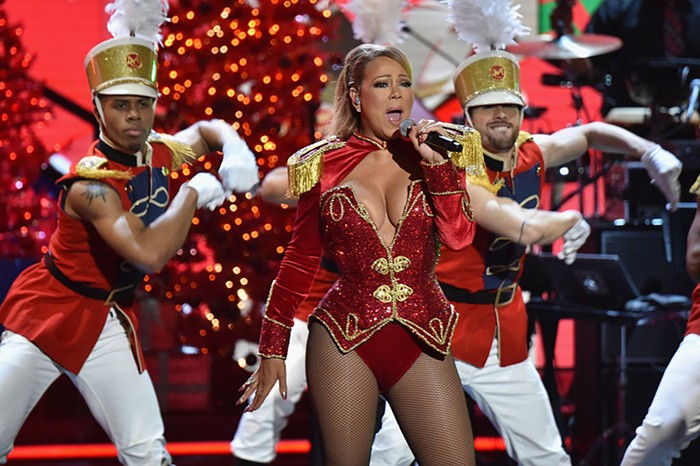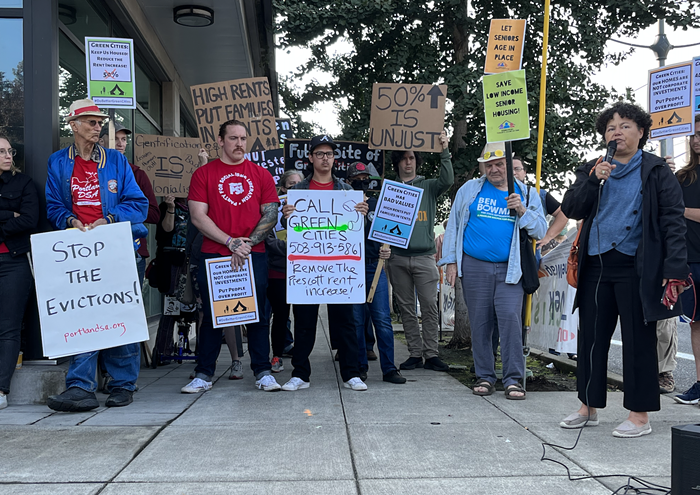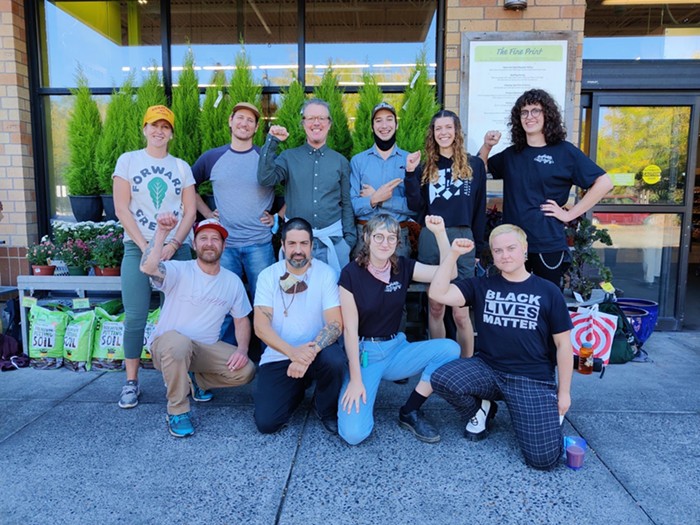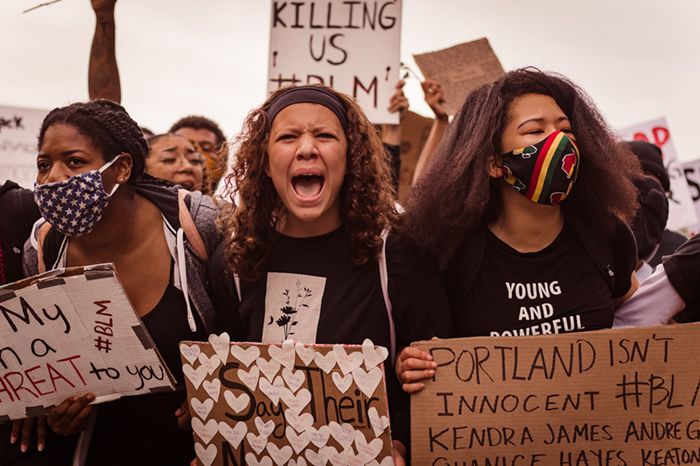Advances in Vaping and an Oregon-Made Sectional Bong Make it Even Easier to Blaze the Great Outdoors
How to Celebrate 4/20 2022 in Portland
SPLIFF Film Festival, Northwest Cannafest, and More Ideas for April 20
As we attempt to sunset this whole global pandemic—which killed millions, devastated economies, and left countless people with underdiagnosed and untreated mental health issues—thingamajig, we're left to imagine: What if we'd tried to do all of that without cannabis? Oregonians spent their downtime partaking, as COVID converted many non-users to cannabis consumers. Thanks to a change in the rules involving dispensaries offering curbside pickups, as well as an explosion in dispensary delivery services, both cannabis consumers and tax revenue from their purchases hit new highs.
Toking Taxes
All that self-medicating resulted in record-breaking cannabis taxes. In 2019, cannabis sales were $739 million. In 2020, sales hit over one billion for the first time. In 2021, sales grew over 6 percent, to a total of more than $1.2 billion. Add to that the hundred dollar fee for a required Oregon Marijuana Handlers Permit, of which Oregon had over 61,000 active in 2021, and you'll see that Oregon cannabis is still big business. One study estimated that Oregon’s regulated cannabis crop had a value of over $795 million, with the second most valuable crop being hay / alfalfa at over $340 million. The allocation for that robust tax revenue underwent a substantial change with the 2020 passage of Measure 110, which decriminalized possession of small amounts of hard drugs and repurposed the state's cannabis tax revenue for addiction recovery services. Pre-Measure 110, the 17 percent of cannabis sales tax collected by the state was divided up thusly: schools received 40 percent; Oregon Health Authority (OHA) mental health, alcohol, and drug counseling, 20 percent; Oregon State Police, 15 percent; OHA addiction prevention, 5 percent. Additionally, cities and counties respectively got 10 percent of that pie. Starting in 2021, the agencies split $11.25 million annually, along the same percentages, with any extra tax revenue earmarked for the Drug Treatment and Recovery Services Fund (DTRSF). That amounts to 75 percent of state cannabis taxes. Of the $176 million paid in 2021, $131 million went to DTRSF. This year, some municipalities attempted to regain cannabis tax revenue with a raise to cannabis taxes collected by cities, from 3 to 10 percent, with SB 1506. However, the bill didn’t pass before the Oregon legislative session ended on March 4. Voters can expect a redoubled effort next session, as some counties put forth the argument that the current 3 percent tax is not enough to cover the costs of having a regulated cannabis program.
Riding Dirty
This situation can be exemplified by the county with the highest amount of cannabis sales in the state. It’s not fifth place Multnomah, with its population of 820,672, and sales of $311,026,177, for an average of $379 in sales per resident. Nice try, Stumptown, but bow down to the county which crushed cannabis sales: Malheur. With a population of a mere 31,995, Malheur County sold an astounding $11,250,562 worth of cannabis in 2021. That's an increase of over 21 percent, a Willie-Nelson-worthy average of $3477 in cannabis sales per resident. Obviously, not every Malheur resident is blazed beyond belief. Rather, it’s their needy stoner neighbors to the east: the entire fucking state of Idaho. In February, Oregon state senator Lynn Findley said, in a committee meeting, that the proposed tax increase would offset traffic costs from visiting Idahoans and pay for public safety improvements. At least one Malheur County dispensary owner, Steven Meland, disagrees with the proposed tax increase. He told Cannabis Business Times he was concerned a tax hike could push consumers back towards the unregulated market: "We’ve seen in other states like California, when the tax increases, all of these black-market competitors start to get the upper hand again."














